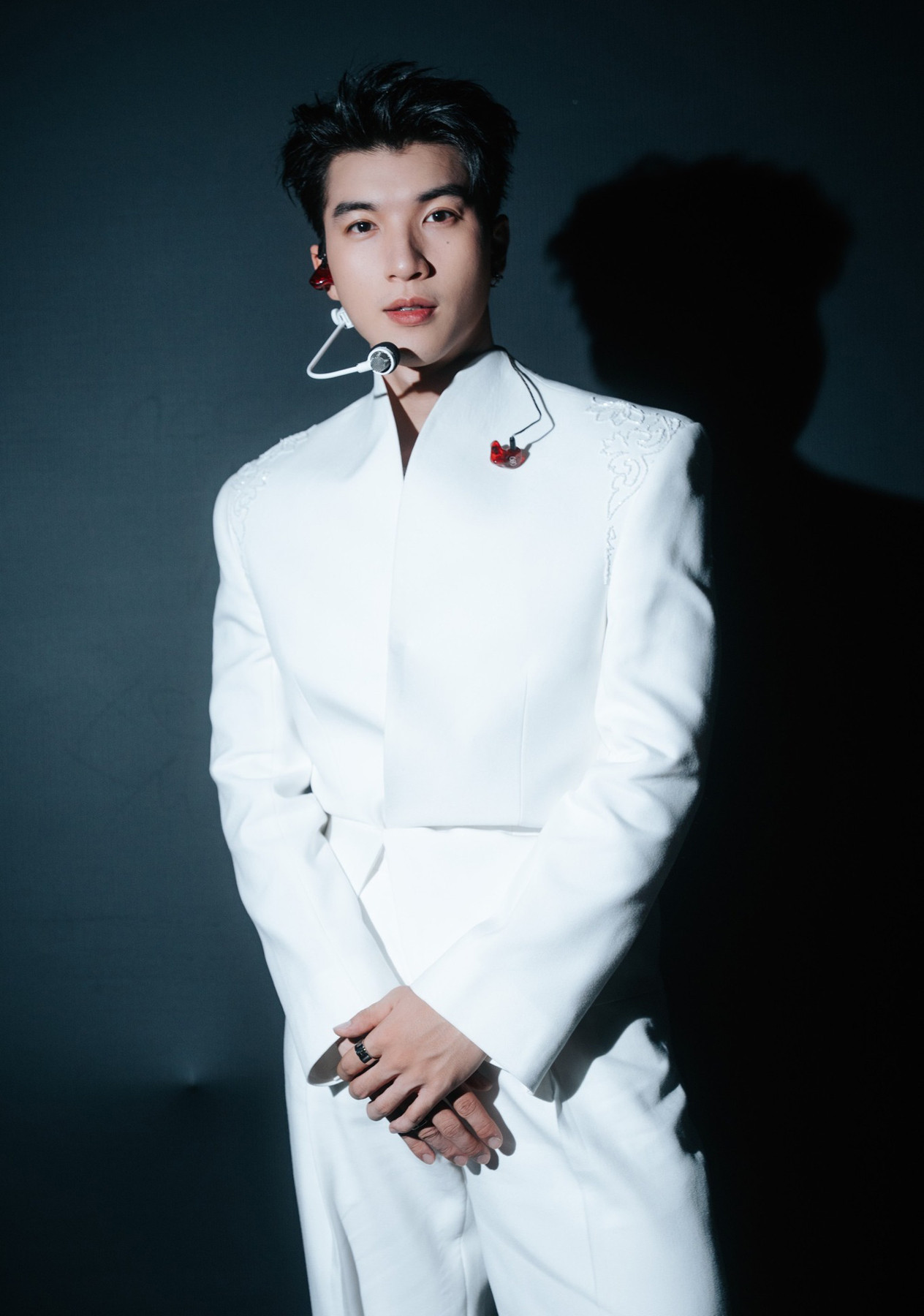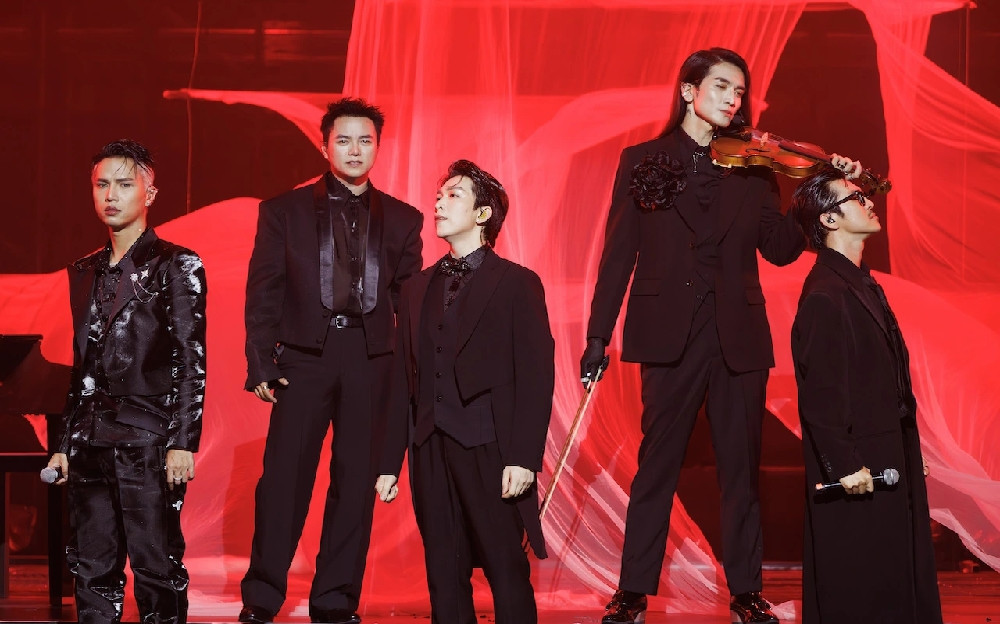The image of Lieutenant Le Hoang Hiep being swarmed like a top-tier celebrity and the increasingly fervent fandom surrounding male artists suggest a profound evolution in Vietnamese fan culture, experts say.
When surface-level emotions eclipse deeper values

The 50th anniversary military parade in Ho Chi Minh City sparked a cultural phenomenon: the idolization of soldiers on par with entertainment stars. A brief clip of Lieutenant Le Hoang Hiep stepping out in full uniform earned him "heartthrob" status among thousands of mainly young female fans, with related content garnering millions of views.
Media expert Nguyen Ngoc Long told VietNamNet: “It's not unusual for a military officer to suddenly become an idol in the age of social media. Authentic, symbolic moments featuring figures like soldiers, doctors, or teachers can resonate powerfully. Lieutenant Hiep’s appeal lies in his poised appearance, ceremonial context, and the element of surprise - a perfect recipe for virality.”
However, Long cautioned that this level of attention may compromise both personal privacy and the discipline expected in military environments. Being mobbed in public or trailed online extends beyond admiration into a form of soft violence - obsession under the guise of fandom.
This shift signals a broader expansion of public figure idolization beyond the entertainment sector, but it also reflects a lack of critical engagement from young fans. Many admire for superficial traits - appearance, viral moments - rather than values or accomplishments. When good looks in a uniform overshadow a dedicated community worker, society must reassess its standards for “ideal role models.”
Long also emphasized the media’s responsibility in shaping this narrative, warning against sensationalism and urging a more respectful, mindful fan culture.
Entertainment imbalance: The rise of the male idol

 |
 |
 |
 |
 |
 |
 |
 |
 |
Beyond Hiep’s phenomenon, Vietnam’s idol landscape is undergoing a clear "masculinization." Male artists are dominating both influence and revenue. The “Anh trai say hi” (Brothers say hi) concert tour drew over 100,000 fans and earned 340 billion VND (approximately USD 13.3 million), with its Hanoi encore crashing ticketing platforms due to overwhelming demand.
In contrast, the “Chị đẹp đạp gió” (Sister who make waves) show lagged in energy and sales, with unsold tickets lingering days after release. Producer profits from "Anh trai vượt ngàn chông gai" (Call me by fire) were 10.7 times higher than from “Chị đẹp đạp gió” in Q3 2023.
According to Socialite’s April 2025 rankings, 6 of the top 10 most influential social figures were male artists, with zero female representation. Vietnam Chart's 2024 domestic music list had 9 out of 10 male acts.
Fan investment in male idols is immense, from LED screens to custom food trucks. Fandoms routinely celebrate birthdays and anniversaries, while rivalries flare up on social media. A recent incident involving a joking remark about HIEUTHUHAI’s hit “Trình của đàn anh” led to public backlash against 19-year-old singer Anh Sang AZA.
Nguyen Ngoc Long attributes this trend to deliberate image crafting. Male idols benefit from calculated branding - relatable narratives, emotional accessibility, and inspirational personas - tailored to fan desires. Meanwhile, female idols face gendered constraints, often judged more harshly on appearance and behavior, limiting their growth.
Social media deepens fan-idol intimacy. Fans feel personally connected, often possessively, to their idols. For male idols, this fosters protective emotional bonds. Female idols rarely elicit the same "needs to be protected" reaction - a key emotional driver in modern fandom.
Long warns that while this trend fuels short-term commercial success, it risks skewing the entertainment ecosystem. Female artists face mounting pressure, and the industry risks becoming creatively stagnant, driven more by algorithms than art.
In the long run, Vietnam’s entertainment scene must rebalance - raising not just female representation, but redefining worth beyond looks or fanbase size. Media must help shape public perception of what makes someone truly worthy of admiration.
Kim Loan